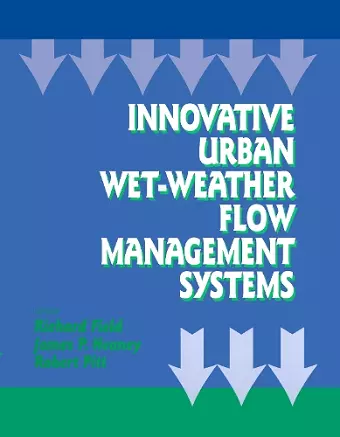Innovative Urban Wet-Weather Flow Management Systems
Richard Field author Robert Pitt author James P Heaney author
Format:Hardback
Publisher:Taylor & Francis Inc
Currently unavailable, and unfortunately no date known when it will be back

The 20th century's automobile-inspired land use changes brought about tremendous transformations in how stormwater moves across the modern urban land-scape. Streets and parking areas in the average urban family's neighborhood now exceed the amount of land devoted to living space. Add parking, office and commercial space, and it's easy to understand how modern cities have experienced a three-fold increase in impervious areas. Traditional wet weather collection systems removed stormwater from urban areas as quickly as possible, often transferring problems downstream. Innovative Urban WetWeather Flow Management Systems does two things: It considers the physical, chemical, and biological characteristics of urban runoff; then describes innovative methods for improving wet weather flow (WWF) management systems. The result of extensive research, Innovative Urban Wet-Weather Flow Manage-ment Systems looks most at how to handle runoff in developments of the 21st century: the confl icting objectives of providing drainage while decreasing stormwater pollutant discharges; the impact of urban WWF on surface and groundwater, such as smaller urban stream channels scoured by high peak flows; sediment transport and the toxic effects of WWF on aquatic organisms; the effectiveness of WWF controls-including design guidelines and source and downstream controls-are an important issue. Innovative Urban Wet-Weather Flow Management Systems looks at how source controls like biofi ltration, created through simple grading, may work in newly developing areas, while critical source areas like an auto service facilities, may need more extensive treatment strategies. Focusing WWF treatment on intensively used areas, such as the 20 percent of streets that handle the bulk of the traffic, and under utilized parking areas is also considered. Developing a more integrated water supply system-collecting, treating, and disposing of wastewater, and handling urban WWF-requires innovative methods, such as a neighborhood-scale system that would recycle treated wastewater and storm water for lawn watering and toilet flushing, or use treated roof runoff for potable purposes.
ISBN: 9781566769143
Dimensions: unknown
Weight: 1623g
576 pages